Absolute power corrupts absolutely, and the stories of history’s dictators are often shrouded in myth and misconception. It’s sometimes hard to separate fact from fiction when discussing these figures. Let’s explore some of the most persistent myths surrounding dictators.
10. Adolf Schicklgruber
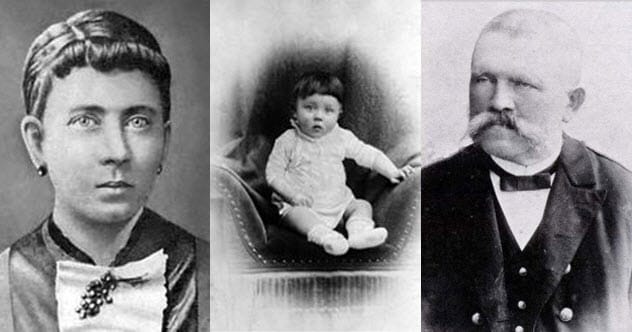
A common myth claims Adolf Hitler was born with the surname Schicklgruber. While Hitler’s father, Alois, was indeed born out of wedlock to Maria Anna Schicklgruber, Alois was later legitimized by his uncle, Johann Georg Hiedler.
According to historian Alan Bullock, Alois began using the name Hitler in 1877, twelve years before Adolf was born. This fact didn’t stop political opponents from attempting to smear Hitler by using his grandmother’s name. Hans Habe, a Jewish-Hungarian writer, even claimed to have been the first to reveal “Hitler’s true name” as Schicklgruber in leaflets distributed in Germany in 1932.
Hitler seemed aware of his good fortune regarding his surname and the propaganda potential of “Heil Hitler!” He supposedly quipped that he was glad he wasn’t born Oberhubinger or Unterkirchner.
According to Hitler’s biographer August Kubizek, Hitler’s father considered “Schicklgruber” too coarse and awkward. “Hiedler” was too boring and soft, but “Hitler” sounded good and was easy to remember.
9. Saddam Hussein’s Human Shredder

One particularly gruesome myth about Saddam Hussein claimed that he and his son Qusay used a plastic shredder on living prisoners at Abu Ghraib prison. This story gained traction in the lead-up to the Iraq War.
In 2003, Labor MP Ann Clyde repeated these claims in an editorial, quoting a source who described the horrific process of men being dropped into a shredding machine. The remains were allegedly placed in plastic bags and used as fish food.
These claims were widely repeated, but no evidence of these human shredders ever surfaced. Brendan O’Neill of The Guardian reported that Indict, the group promoting the story, refused to name the researchers who interviewed the Iraqis making these claims. A doctor who worked at Abu Ghraib under Saddam testified that while conditions were terrible, he had never heard of any shredding.
O’Neill argued that the use of this story was pro-war propaganda. Clyde later claimed that Indict had specific details from witnesses and that the truth would emerge once the perpetrators were brought to justice.
8. Fidel Castro’s Thwarted Baseball Career
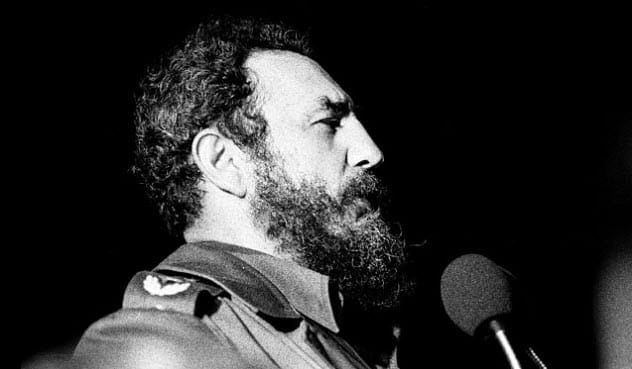
An enduring myth suggests that Fidel Castro tried out for the New York Yankees or the Washington Senators and even turned down a $5,000 signing bonus from the New York Giants. The idea of Castro as an American baseball player has permeated popular culture.
However, Yale professor Roberto Gonzalez Echevarria, a historian of Cuban baseball, found no evidence that Castro was ever a major baseball figure in the US or Cuba. After seizing power, Castro played exhibition games with his team, Barbudos (“Bearded Ones”), but the revolution essentially ended professional winter league baseball in Cuba.
According to the Society for American Baseball Research, the myth’s popularity stems from a tale told by ex–big-leaguer Don Hoak and sports journalist Myron Cope. Hoak claimed that during a Cuban winter league game in the 1950s, Castro led an anti-Batista student demonstration onto the field.
Castro supposedly told Hoak to bat and threw fastballs that Hoak fouled. Military police dispersed the protest, and Castro left looking chastised. Despite historical inaccuracies, the story was repeated, becoming part of American baseball and political lore.
Echevarria stated that Fidel Castro was never scouted by any major league team and didn’t have the baseball success that would have attracted a scout’s attention.
7. Kim Jong Un Killed His Ex-Girlfriend
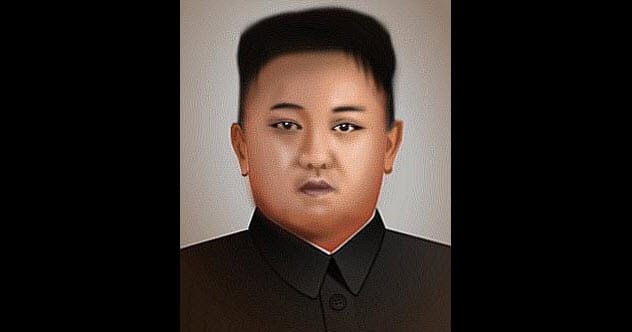
In 2013, The Chosun Ilbo reported that Kim Jong Un had a relationship with pop singer Hyon Song-wol and then executed her for selling pornography and owning Christian Bibles.
The article claimed that Hyon and other band members were executed with machine guns while fellow artists and their families watched. The story quickly spread across various news outlets.
However, in 2014, Hyon appeared on North Korean television in military attire, giving a speech. The Chosun Ilbo has a history of publishing sensational stories about North Korea from questionable sources.
One North Korean analyst commented that lurid stories, like the alleged execution of a porn star, often overshadow serious issues affecting North Korean lives.
North Korea has previously threatened to “burn [The Chosun Ilbo] to the ground” for its history of dubious claims.
6. Muammar Gadhafi’s Amazon Glamour
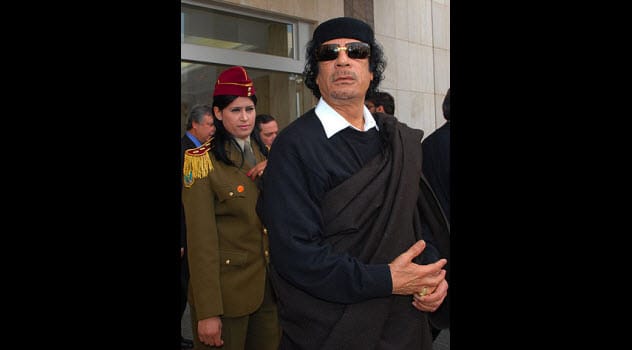
Muammar Gadhafi surrounded himself with female bodyguards known as Amazons in Europe and Haris al-Has in North Africa. He presented these guards as a symbol of the Libyan revolution, despite claiming that women were not equal to men due to biological differences.
Gadhafi established the Tripoli Women’s Military Academy in 1979, supposedly to promote women’s emancipation. The bodyguards, known as “revolutionary nuns,” were virgins who promised not to have sex and swore to protect Gadhafi with their lives. They underwent three years of martial arts and military training.
However, after Gadhafi’s fall from power, the truth emerged. While some bodyguards held prominent roles, others were coerced and abused. Five women told psychologist Seham Sergewa that Gadhafi and his sons had raped them before discarding them.
One woman was forced into becoming a bodyguard under threat of her brother being imprisoned on fabricated drug charges. She was then taken to Gadhafi’s private chambers and raped. The bodyguards were also used to find other victims, some as young as 15, who were often abused and abandoned to die.
5. Nikita Khrushchev’s Disingenuous Speech

In 1956, Nikita Khrushchev delivered a speech denouncing Joseph Stalin. He cited assassinations, mass repression, torture, and inadequate defenses during World War II as Stalin’s crimes. The speech shocked the Communist Party and initiated de-Stalinization in the Soviet Union.
While many praised Khrushchev for his audacity, others viewed his actions cynically, suggesting he sought personal political gain and wanted to avoid being implicated in Stalin’s crimes. Russian historian Yuri Zhukov claimed that Khrushchev’s “own hands were drenched in blood.”
Documents revealed that Khrushchev had requested permission to execute 8,500 “anti-Soviet traitors” and sent nearly 33,000 people to camps while he was the party chief in the Moscow region in 1937. In 1938, he requested the execution or imprisonment of 30,000 people in Ukraine.
While Stalin’s crimes were monstrous, Khrushchev’s attempt to place all blame on Stalin helped save his own reputation. Dima Bykov compared it to “Himmler giving an anti-fascist speech at a Nazi congress after Hitler’s death.”
4. Benito Mussolini’s Train Schedule
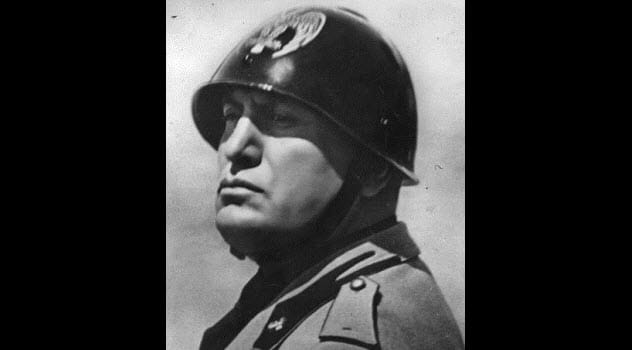
It’s often said that Benito Mussolini, despite being a repressive dictator, “made the trains run on time.” This expression was frequently used to criticize the infrastructure of democratic countries.
While Italy’s railway system was improved after World War I, most of the repairs were completed before Mussolini seized power in 1922. Those who used the trains during his regime reported frequent delays. Mussolini never mentioned the trains in his autobiography, and they are rarely mentioned in his biographies.
D. Mack Smith, in Mussolini’s Roman Empire, dismissed the claim as propaganda: “The claim was advanced that Italian trains were the envy of Europe. This was an exaggeration by Mussolini who did his best to make the train service into a symbol of fascist efficiency.”
American journalist George Seldes noted that while major express trains carrying tourists ran on time, smaller lines frequently experienced delays. A Belgian foreign minister concurred, stating that trains were often late.
3. Genghis Khan’s Descendants

A popular belief claims that Genghis Khan is the most common genetic ancestor in the world. In 2006, an accountant was told he was a direct descendant of Genghis Khan, though this claim was later questioned.
Proving this theory is challenging because there is no genetic material from Genghis Khan. Deborah Bolnick of the University of Texas stated, “There’s nothing to actually tie [anyone’s genetic sample] to [Genghis Khan]. It could have been some other guy alive at the time who slept around a lot.”
In 2003, evolutionary geneticist Chris Tyler-Smith discovered that 8 percent of men in 16 Asian populations shared a nearly identical Y chromosome sequence, suggesting a Mongolian ancestor about 1,000 years ago. While Khan fathered many children, whether they had large numbers of offspring is unknown.
Genetic studies have identified rival Y chromosome lines linked to other historical figures, such as Qing ruler Giocangga and the medieval Irish Ui Neill dynasty. Mark Jobling found 11 distinct Y chromosome sequences in male Asian populations.
While there is evidence that Genghis Khan left a genetic footprint, claims like “More than one billion men living today could be descended from Genghis Khan” are exaggerations.
2. General Francisco Franco’s Military Acumen
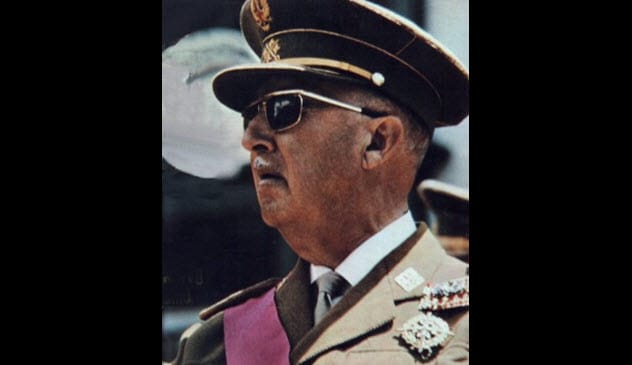
Francisco Franco portrayed himself as a great military leader. He used newspapers to promote his image as a formidable commander devoted to defending Spain’s territories.
A New York Times obituary highlighted his stern disposition and played up his military career. However, after his death, the narrative began to change. Carlos Blanco Escola’s book, The Military Incompetence of Franco, argued that Franco made critical errors that prolonged the Spanish Civil War.
Escola compared Franco unfavorably to Republican general Vicente Rojo, noting Rojo’s brilliant maneuvers during the battle of the Ebro River. Interestingly, the Nazis and Fascists also believed that Franco was not a good military leader.
1. Osama bin Laden’s Cave Hideout

A prevalent post-9/11 narrative depicted Osama bin Laden holed up in an Afghan cave network. President George W. Bush announced a campaign to drive terrorists from their hidden caves.
However, as early as October 2001, some questioned the existence of extensive cave networks in Afghanistan. Limestone, necessary for cave formation, is rare in the country.
Former CIA agent Milt Bearden stated that most digging by the mujahideen was shallow. He said, “Talk of caves is overdone. Most of these are dugouts, man-made things.”
The Guardian reported that the myth originated from meetings between bin Laden and Western journalists in the Tora Bora mountains for propaganda purposes. Bin Laden actually lived in a comfortable compound controlled by a local warlord and later moved to a housing complex in Kandahar.
There is no evidence he lived in caves before his death in an Abbottabad housing complex. The cave imagery strengthened his image as an “outlaw hero” to his supporters. This mythology may have delayed his capture, as US intelligence focused on Al-Qaeda strongholds while bin Laden avoided electronic surveillance by living without phones or internet in his house.
What are your thoughts on these debunked dictator myths? Leave your comment below!










